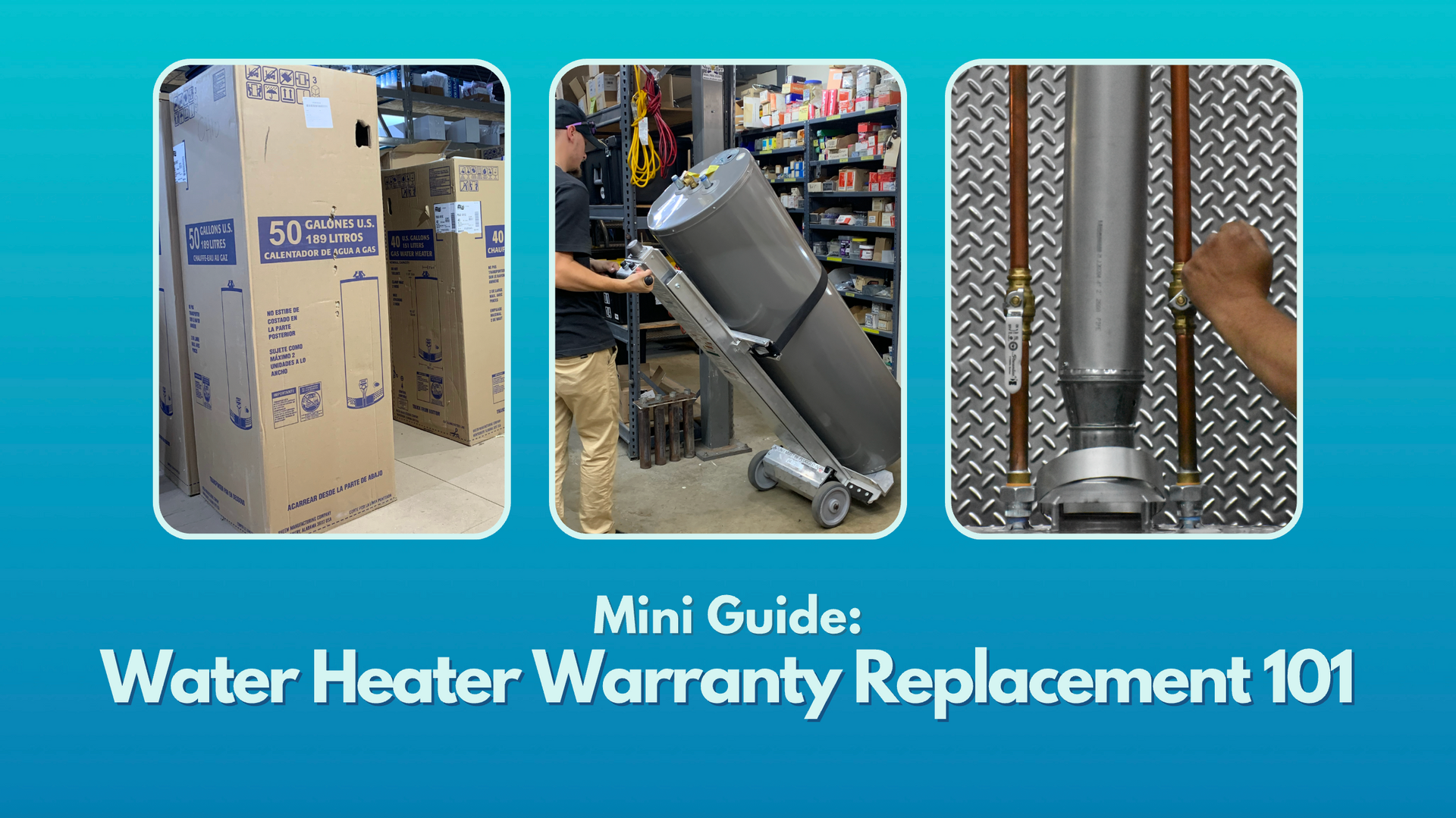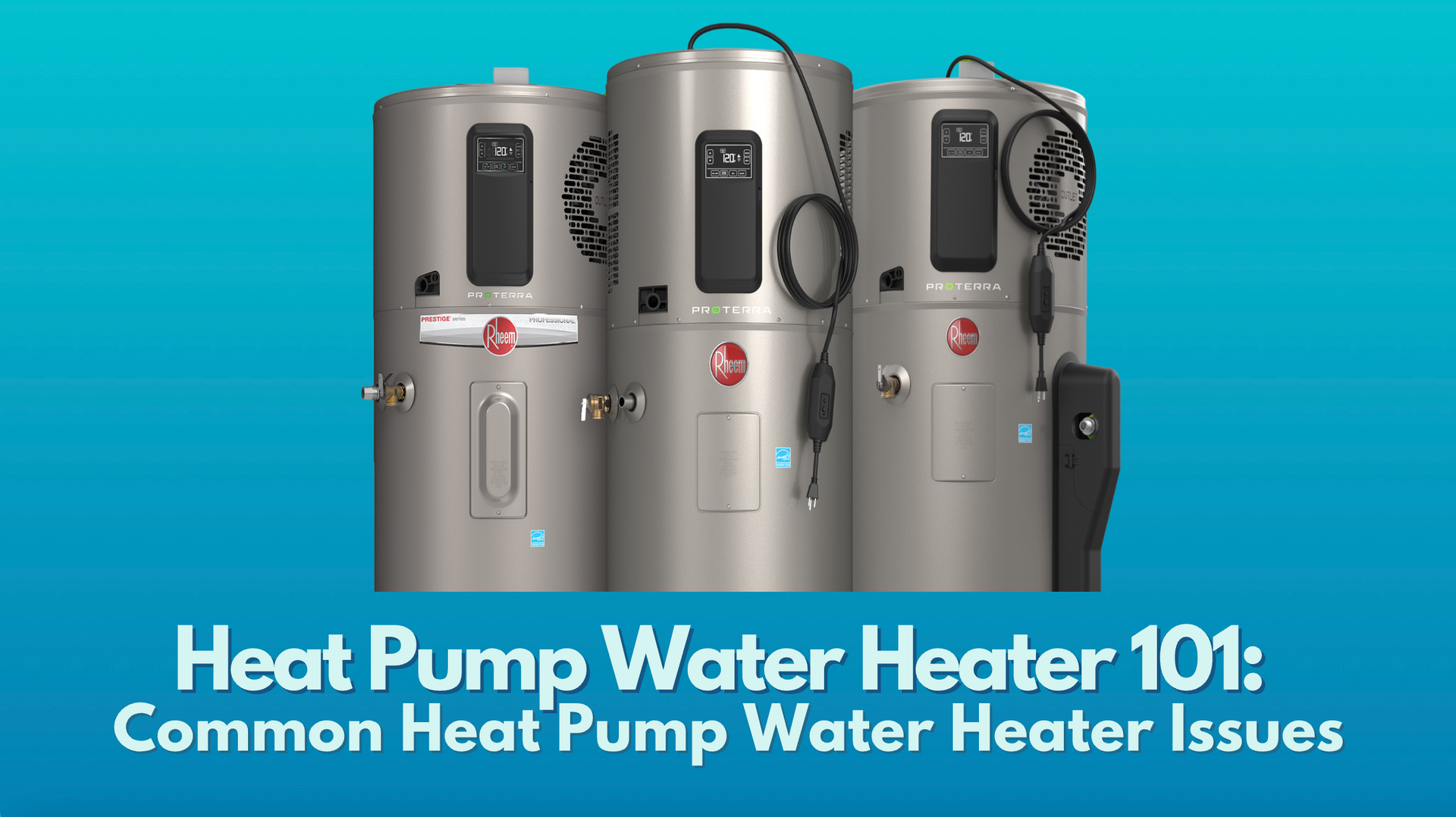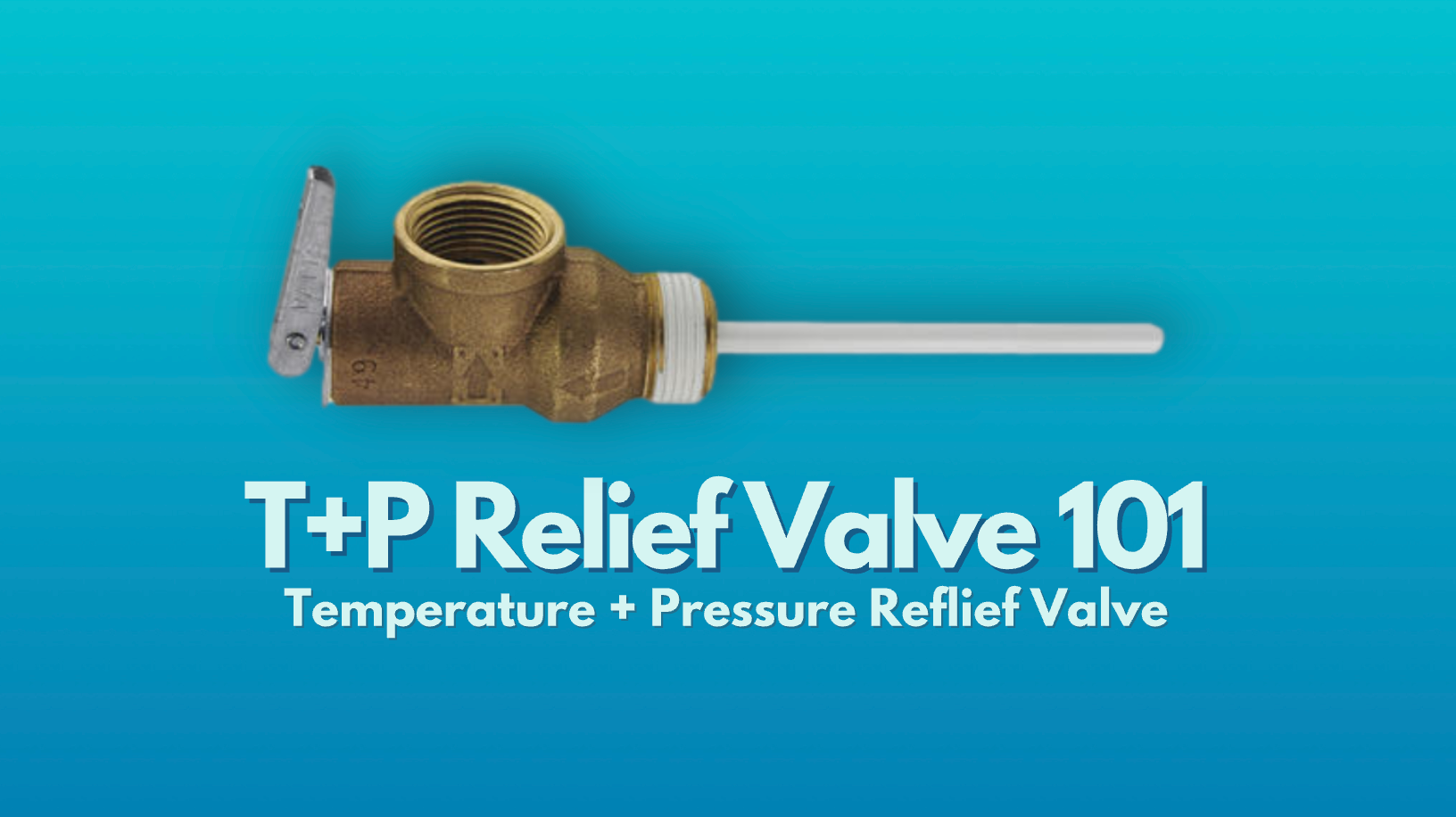Water Heater Safety Tips
Our Top 8 Water Heater Safety Tips
Water heaters have come a long way in terms of safety. However, there’s still a risk, especially if a homeowner (unknowingly) creates hazardous conditions or safety features malfunction. Homeowners can immediately reduce the risk of an incident by proactively learning how to keep water heaters safe using these 8 water heater safety tips.
Safety Tip One: Get Professional Installation
First and foremost, you should always get a professional to install a new water heater. A new water heater may have different requirements and specifications than your old water heater, and many companies require professional installation to register a unit’s warranty.
Professional installation is especially important when upgrading from a storage tank water heater to a tankless water heater. The tankless water heater will provide numerous benefits, but it may require specialized installation to get you set up in the beginning.
We recommend buying a water heater through the installer. Provide details about the current setup, including pictures, along with your top priorities (staying on budget, producing large amounts of hot water quickly, increasing efficiency, saving space, etc…) to pick the best unit for your home.
Ready to talk to someone about your new residential or commercial water heater installation?
Click here to get a quote.
Safety Tip Two: Install a Carbon Dioxide Alarm Nearby
Gas water heaters use a home’s gas supply to fuel the gas burner inside the unit that heats the water. Throughout the heating process, the water heater emits gas. The gas escapes through the home’s ventilation, which may be used for the home’s air conditioning and other gas appliances or solely for the gas water heater, depending on the setup.
In the case of
poor ventilation, carbon monoxide may end up inside the home. Carbon monoxide in the air can cause respiratory issues and other health concerns, even in small concentrations. Having a carbon monoxide alarm near your water heater is important because it is a colorless, odorless gas, also known as "the silent killer." You can't see it nor smell it, but it can be extremely dangerous.
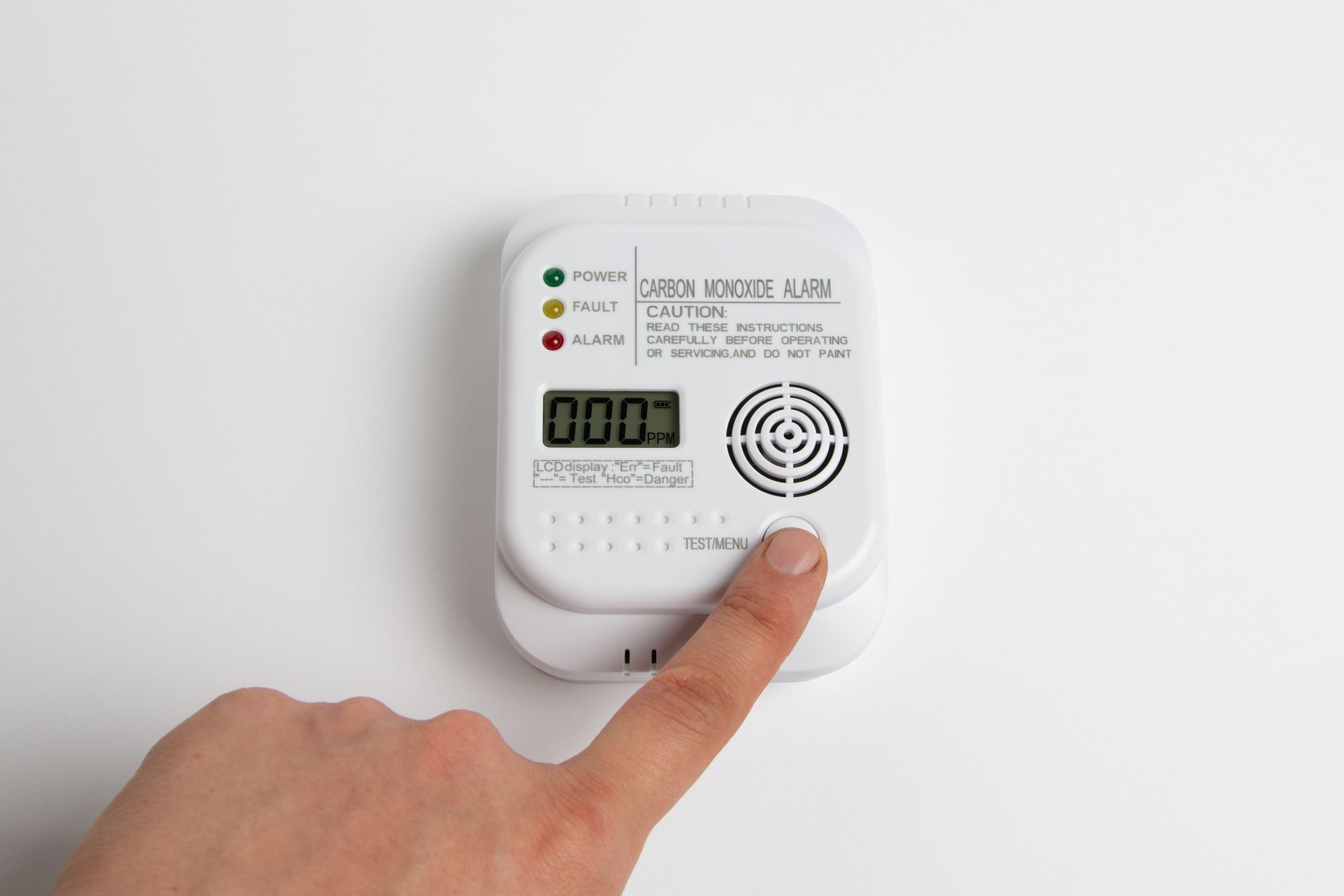
On a related note, it is important to remember that carbon monoxide is a byproduct of heating gas that can accumulate in areas that are not well-ventilated. Although carbon monoxide requires an alarm to be detected, an additional safety concern may be the scent of natural or LP gas itself. As a safety precaution, gas companies add a pungent substance known as mercaptan to gas to ensure that it generates a smell in the case of a leak, which is also extremely concerning and potentially dangerous.
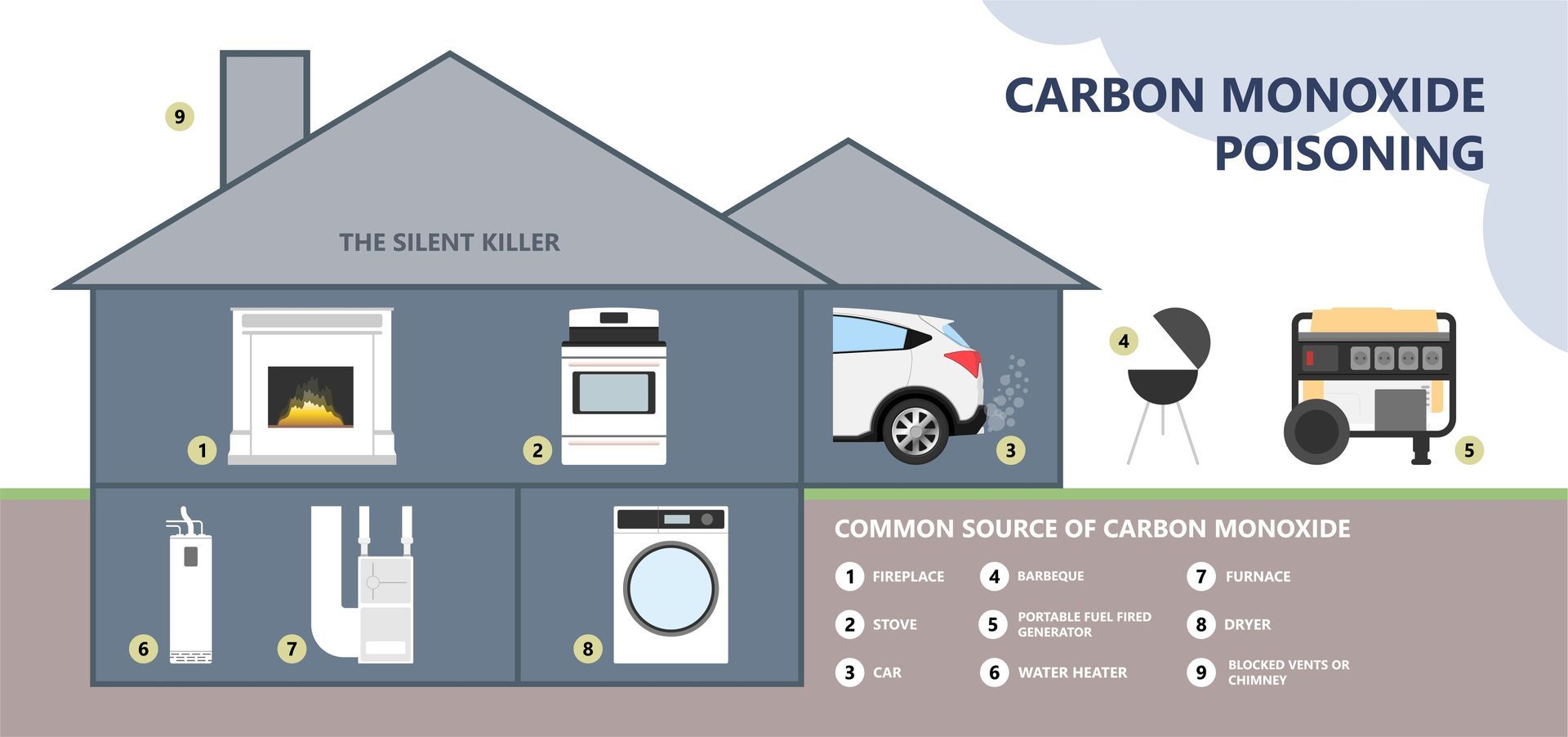
Safety Tip Three: Store Flammable and Combustible Substances Away From the Unit
Most gas water heaters have a pilot light, which is an open flame that ignites the burner. Although contained inside the combustion chamber, open flames come with an inherent amount of risk. Most notably, when an open flame comes into contact with certain flammable materials, it can lead to fire.
Some gas water heaters also have a
FV sensor designed to detect the presence of harmful chemicals. The sensor will cut gas to the water heater, eliminating the risk of fire in the presence of flammable vapors. If the sensor malfunctions, it can leave the water heater vulnerable. Of course, sometimes items such as a litter box can trigger the sensor, so consider the environment before calling for a repair.
All harmful chemicals should be properly stored a safe distance away from the water heater and any other gas appliances or gas lines in your home. Examples of a flammable vapor include ammonia, gasoline, and hydrogen.
Safety Tip Four: Place Water Heater Securely on a Water Heater Stand and Use Water Heater Straps
Water heaters are often found in the basement of a home. Basements are especially susceptible to flooding and water damage, meaning your water heater is also susceptible to flooding and water damage, which will not only damage the unit but also void the warranty to prevent covered repairs. You can reduce the risk of flood damage by placing the water heater on a water heater stand, designed to provide elevation. The stand will need to safely hold enough weight to support the water heater while full. The basement will also need to have enough space to elevate the water heater without impeding its functions or hitting the ceiling.
Certain areas are especially susceptible to earthquakes and tornados. In these areas, it can be useful to secure the water heater with water heater straps. The straps will keep the water heater in place, even in the face of turbulence.
Safety Tip Five: Manage Pressure Levels
Water heaters generate pressure as they heat water in addition to your home’s standard incoming water pressure.
All water heaters have devices and safety features to contribute to pressure management. For example, modern water heaters should come with an
expansion tank at the time of installation. An expansion tank gives hot water a place to go when it expands.
Water heaters also include a temperature and pressure relief valve (commonly referred to as a
t&p valve). The valve opens up to release excess pressure and water inside of the unit, but it is designed to be used as a last resort.
To manage pressure levels, you should not exceed the
recommended residential hot water temperature of 120°F. You should also regularly inspect the expansion tank and t&p relief valve.
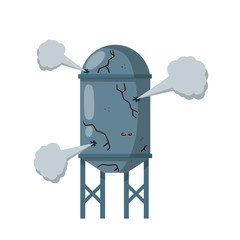
Safety Tip Six: Get Regular Preventative Maintenance
Sometimes water heaters generate scorching hot water, hotter than the gas valve or thermostat setting; in other cases, the water heater's temperature setting may be higher than normal, but the unit is simply unable to produce water at that temperature. This may be due to sediment buildup inside the unit, which can cause parts like gas valves and elements to deteriorate, and may even cause mysterious sounds inside your water heater.
In order to remove the sediment buildup, water heaters require regular maintenance, including an inspection and flush of the water heater. When a technician flushes the water heater, some of the sediment buildup and additional debris inside the unit will be removed. The elimination of the sediment buildup should improve the water heater's energy efficiency and ensure the tank lasts as long as possible.
Safety Tip Seven: Do Not Overload Electrical Circuit
An electric water heater has an electrical plug that allows it to receive electricity from your home’s electrical system. However, you can’t typically plug an electric water heater into the average outlet. Most standard outlets support 110v instead of the 220v required by most modern electric water heaters. If you plug a water heater into an outlet that can’t support it, it may not be able to receive enough energy to power up. Furthermore, it can create an electrical hazard.
Some small water heaters, such as point-of-use water heaters, may only require 110v. Check the user manual to learn the voltage requirements of your unit.
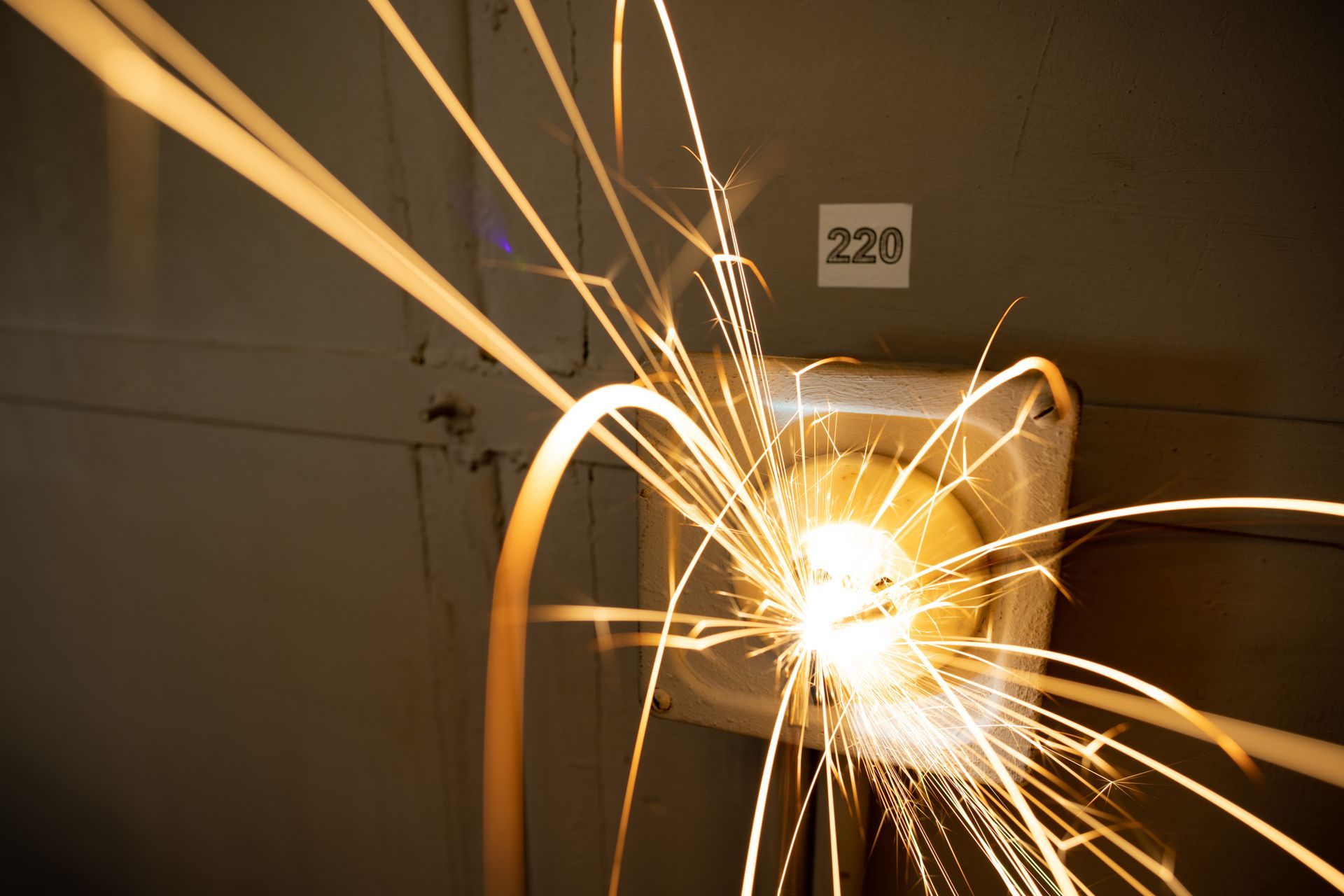
Safety Tip Eight: Replace the Water Heater Tank After 15 Years
Water heater tanks generally consist of metal. Metal inevitably corrodes over time, meaning that the metal material turns into rust. Corrosion occurs more quickly when metal comes into contact with heat, water (especially hard water), and oxygen on a regular process, making water heater tanks especially vulnerable.
The rust can get into the water, contaminating the water quality. Tank corrosion will also lead to leaks in the water heater tank. At this point, you will need to replace the old water heater with a new one as the corrosion will only continue to get worse.
U.S. Water Heating Solutions
In order to keep your water heater safe, you should also schedule water heater repair as soon as you notice a problem. When you need water heater service, contact the experts at U.S. Water Heating Solutions.
We offer water heater repair, water heater installation, and preventative maintenance on all types of water heaters and boilers.
Call us at (833) 879 - 4776 today!




